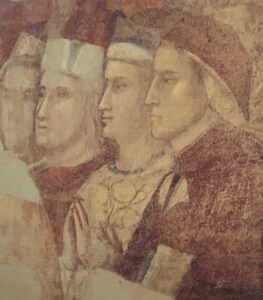
Francisco de Zurbarán(1598-1664)
He was a Spanish painter who got the nickname: “Spanish Caravaggio” because of his special technique of painting. His paintings have the depth and intensity similar to the style Caravaggio used to create. The contrasted light and shadows created by light falling from a particular direction is a technique highlighted by the unique painter in the history of art that is Caravaggio.

Antoine-Jean Gros(1771-1835)
Gros was a talented French painter who studied painting under supervision of Jacques Louis David in Paris. His unique portrait of Napoléon Bonaparte at the Pont d’Arcole in 1796 was hugely admired by the art critics and public. Gros first learned how to draw from his parents who were both painters. In 1793, he went to Italy and worked as a portraitist. And when he returned to Paris he created many masterpieces that currently are on display in the Louvre museum and Palace of Versailles.
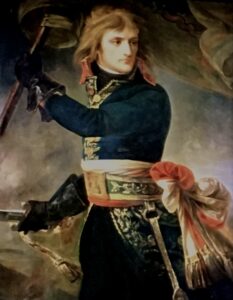
(Jérôme)Hieronymus Bosch (1450-1516) was a Dutch painter in the early Netherlandish painting school. Bosch is considered to be a highly individualistic painter. His paintings were deep and highly critical of the human behaviors. The close up of his paintings reveal his pessimistic views of human condition. He shows disfigured faces and souls in some extreme situations. Still, the interpretation of his paintings is not an easy task and needs a lots of efforts and attention into details.
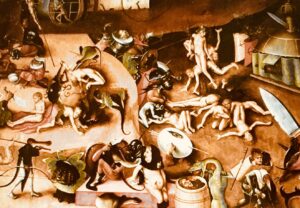
Piero della Francesca
In 1454, the Italian master painter, Piero della Francesca was commissioned to create a masterpiece for the church of Sant’Agostino. Unfortunately the central part of the masterpiece was lost and the four panels of the wings were scattered throughout four museums around the world. Piero della Francesca finished painting of his masterpiece in 1469 at the church of Sant’Agostino in Borgo San Sepolcro (Arezzo). At the end of the 16th century the panels were scattered. And the main part, San Michele Arcangelo, is currently on the display in an especial exhibition in the Poldi Pezzoli Museum in Milan, Italy.
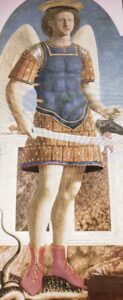
Jean Germain Drouais (1763-1788) was an exceptional French painter and the most talented pupil of Jacques Louis David. In 1780, David returned from Rome and established a distinguished painting school in Paris. Drouais accompanied David in Italy trips and was very impressed by Raphael paintings. He pursued the classical style. His masterpiece, Marius at Minturnae, was praised by Thomas Jefferson and Goethe.
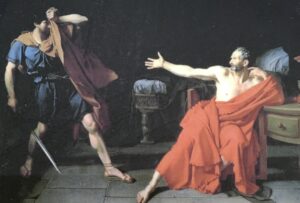
Vincenzo Foppa (1430-1515) was an influential Italian painter during Renaissance period. In 1463, Foppa went to Milan to paint a series of frescoes for the Medici Bank of Milan which was a palazzo building. The only fresco that survived and is a masterpiece created by Foppa in 1464, Milan, Italy called Boy Reading Cicero.
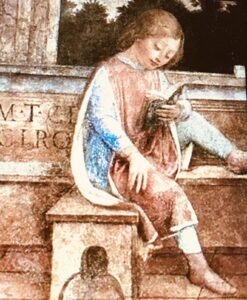
Botticelli (1445-1510) was one of the main painters of Italian Renaissance. He was apprenticed to Fra Filipinos Lippi in 1463. Then in 1472, he took on his first apprentice, the son of Lippi and they created the rare and magnificent works of art together including many Madonna and Child paintings and a series of sibyls such as the Persian Sibyl.

Annibale Carracci (1560- 1609) was an Italian Baroque style painter. His best works are in frescoes that have enormous joie de vivre. The composition of colors in his paintings is unique; especially the dominance of different shades of coffee color. He is known as a first caricaturist because of his unique drawings.

Jan Vermeer (1632-1675) was one of the greatest painters during the Dutch Golden Age. “The Art of Painting” is considered his masterpiece. This beautiful painting is on display in Vienna, the Kunsthistorisches Museum. This painting has a unique composition of colors and the facial expression of the girl in the painting has been a subject for discussions for years.
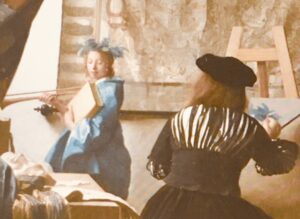
Frans Hals (1582-1666) was a Dutch painter. His free approach in realism was radically different during the Dutch golden age. He was considered a master of portraying the smiling faces.
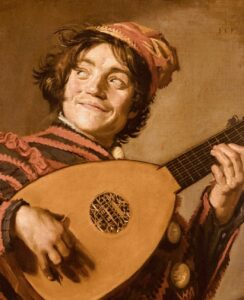
Fra Angelico (1395-1455) was an Italian painter of the early renaissance. His frescoes demonstrate his unique skills. He used to paint with the simple colors mainly blue, pink and pale green and create powerful works of art. According to some critics, his unique talent placed him the second to Giotto.
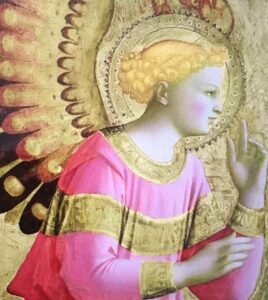
Caravaggio: (1571-1610) was a famous Italian painter working in Rome most of his life. He had a unique talent for expressing the crucial moments in a very impressive manner. He believed that painting should avoid idealized creations and should show the flaws in real ways. He influenced many European artists and greatly contributed to the paintings of the 16th century. He was and still is a very controversial artist, but not everything said about him is correct and he was a victim of the character assassination.
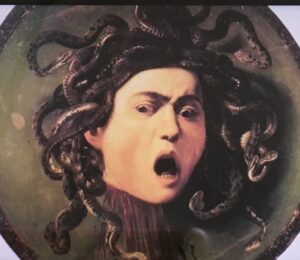
Giovanni Battista Moroni (1520-1578) was one of the greatest painters of the late Renaissance era in Italy. Last Supper by Moroni is a unique masterpiece that is located in the church of Santa Maria Assunta. It is unique because Moroni added another person to his painting: the man standing. There has been much speculation about the identity of the man. Some critics believe that he is the painter himself but there other outstanding opinions as well.
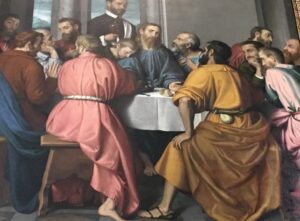
Raphael (1483-1520) was the most famous painter of High Renaissance in Italy. His works portray the human grandeur, especially in his magnificent painting: “The School of Athens” that is located in Stanza della Segnatura in the Vatican. This exceptional masterpiece has a rare beauty that pleases the eyes and intellectually and deeply affects the viewers.
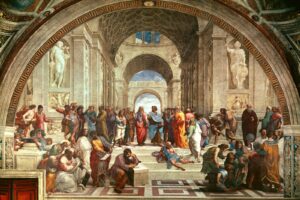
Vincent Van Gogh (1853-1890) was born in the Netherlands. In 1878, he went to a coal mine in the south of Belgium and ministered to the sick. He drew pictures of the miners who called him “Christ of the Coal Mines.” “Wheat Field with Crows” was the last work of Van Gogh. He goes toward a field of golden wheat and carries a canvas, and a bag of paints and begins to paint and capture the scene of the swirling wheat and then “the murderous crows attack him.” According to Pulitzer Prize-winning biographer Steven Naifeh, Van Gogh didn’t kill himself but he was shot by someone else. And as described by Dr Di Maio: “It is my opinion that, in all medical probability, the wound incurred by Van Gogh was not self-inflicted. In other words, he did not shoot himself.”
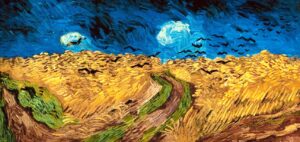
Nicolas Poussin (1594-1665) was a classical French painter with a unique style. He spent most of his working life in Rome. In 1624 he went to Rome and was deeply influenced by Italian Renaissance painters especially Raphael, Reni, Caravaggio and Carracci. He was an active participant in the Academy of Saint Luke that brought together the prominent painters. Each of Poussin’s paintings tells a unique story of mythology and classical literature that touches hearts and minds of the viewers.
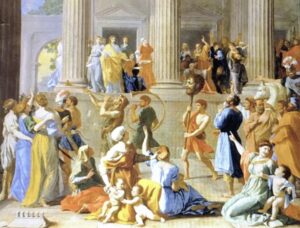
Filippino Lippi (1457-1504) was an Italian Renaissance painter working in Florence. He was an assistant of the famous painter Botticelli. His unique style depicting the characters with a significant facial expressions and graceful movements in a landscape. His magnificent frescos on the themes of ancient time has earned him a specific status among talented Italian painters.
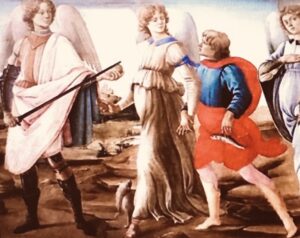
Agnolo di Cosimo (1503-1572) usually known as Bronzino was an Italian painter from Florence. His style was Mannerist and was trained with Pontormo, another leading painter from Florence. His paintings are elegant and dreamy at the same time. As a founding member of the Academia delle Arti del Disegno, he was the teacher of the famous painter, Alessandro Allori.
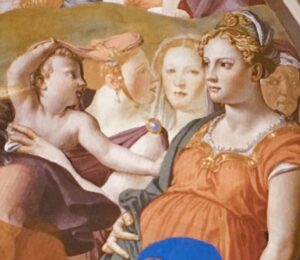
Pieter Bruegel the Elder (1526-1569) was one of the most significant Dutch artists in Renaissance period. After his training in Italy he settled in Antwerp in 1555. About forty two of his paintings survived, twelve of which are are display in the museum in Vienna. Among his greatest paintings were a series of allegories similar to the style of Hieronymus Bosch. One of his masterpieces, The Triumph of Death, is on display in Museo del Prado in Madrid.
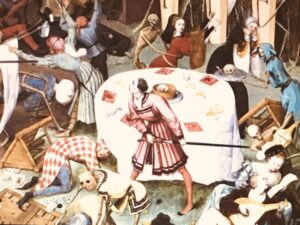
Jean Georges Vibert (1840 – 1902) was a French academic painter who was very popular worldwide especially in America. He was born in Paris and began to paint at a young age. When he was 16, he continued his art training at the École des Beaux-Arts. Later he was awarded Legion of Honor. The collection of his impressive paintings sometimes seemed controversial with a witty and unique sense of humor.
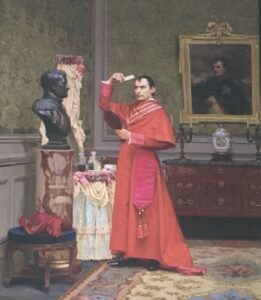
Giotto (1267-1337) was a great Italian painter from Florence. His masterpiece is the frescoes of the Scrovegni Chapel in Padua, Italy. Giotto made a decisive break with the current Constantinople style: he focused on the portrayal of emotions on human faces. He was highly influenced by Dante’s literary works. Giotto visualized Dante’s inferno in his paintings.
